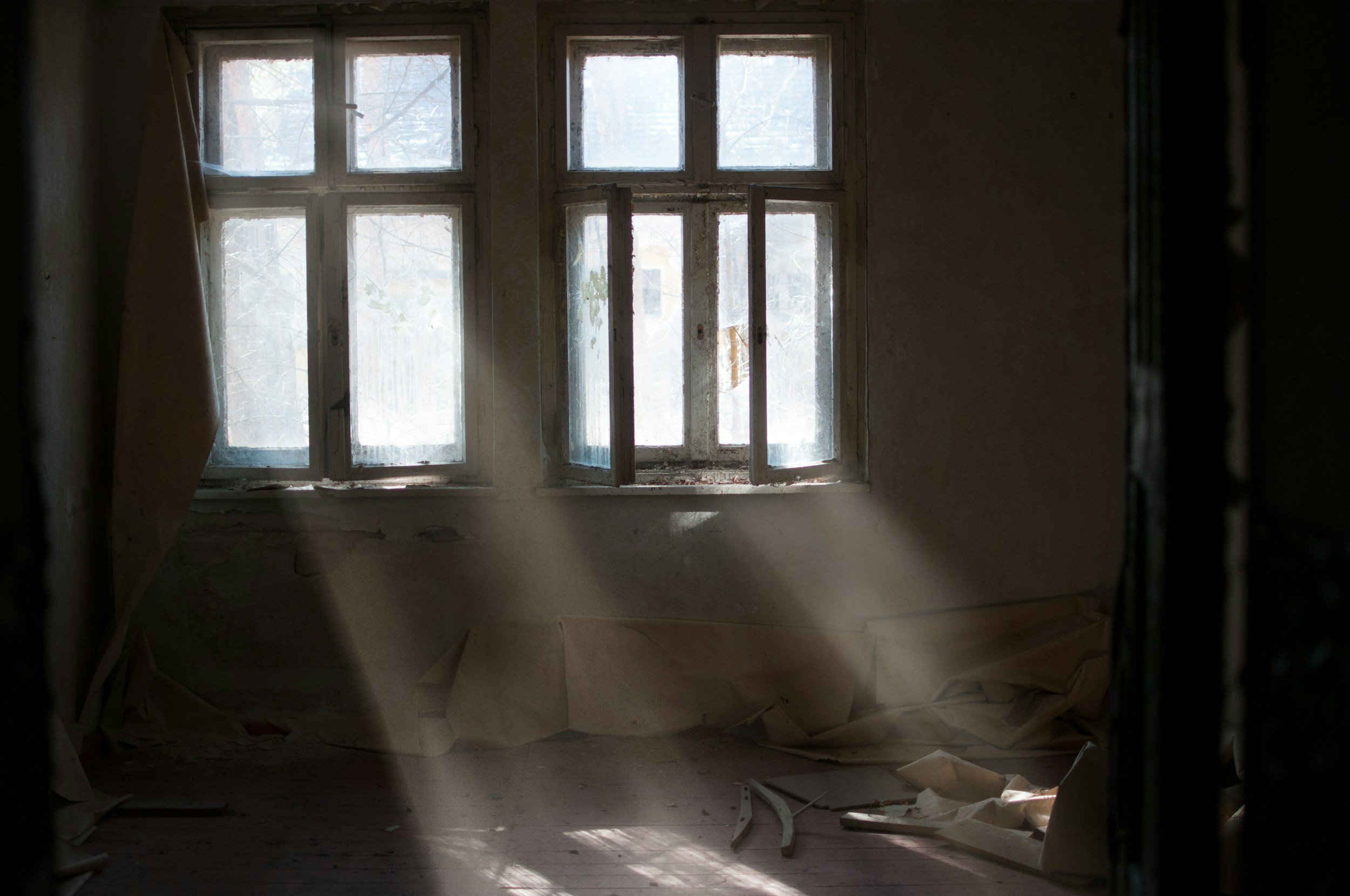The Importance of Natural Light for ME/CFS Patients
Patients with severe ME/CFS (myalgic encephalomyelitis/chronic fatigue syndrome) often experience significant natural light deprivation due to mobility limitations or being bed-bound. Lack of light exposure can compound health challenges, including sleep disturbances, neurotransmitter imbalances, and vitamin D deficiency. In this post, we’ll explore the importance of light for ME/CFS patients and actionable strategies to mitigate its deficiency.
The Importance of Natural Light for ME/CFS Patients
Health Effects of Light Deprivation
Insufficient exposure to natural light has been linked to:
Depression and mood disorders
Sleep disturbances and circadian rhythm disruption
Cognitive impairment, including memory problems
Vitamin D deficiency, which exacerbates inflammation and fatigue
Increased nighttime cortisol, a stress hormone that promotes inflammation
Light plays a vital role in regulating the circadian rhythm, which controls sleep, metabolism, and immune responses. Balanced light exposure supports neurotransmitter production, including melatonin and dopamine, which are critical for energy, mood, and overall health.
How Much Light is Needed?
Understanding Lux Measurements
Lux is the unit of light intensity. For reference:
Sunny day at noon: ~70,000 Lux
Full moon night: ~0.3 Lux
Indoor lighting: ~300–500 Lux
Light therapy boxes: ~10,000–12,000 Lux
Optimal Light Exposure
Morning Light Therapy: Helps set the circadian rhythm for the day.
Afternoon Session: Improves sleep onset and overall rest quality.
Even brief daily exposure to intense light—10–30 minutes—can yield significant benefits.
Benefits of Light Therapy for ME/CFS
1. Regulating Circadian Rhythm and Improving Sleep
Light therapy supports melatonin production and reduces nighttime cortisol spikes, which improves sleep quality.
2. Enhancing Mood and Reducing Depression
Studies have shown that 30 minutes of daily light therapy reduces depressive symptoms, even in non-seasonal mood disorders.
3. Supporting Neurotransmitter Balance
Light therapy positively influences dopamine and serotonin, which are critical for mood, energy, and focus.
4. Reducing Muscle Rigidity and Improving Function
In Parkinson’s studies, 1–1.5 hours of light therapy reduced motor symptoms, enhanced sleep, and improved mood. Some patients even required lower doses of dopamine medications.
Practical Approaches for Severe ME/CFS Patients
Light Boxes for Home Use
Choose full-spectrum light therapy boxes emitting 10,000–12,000 Lux.
Begin with 10 minutes in the morning and gradually increase to 30 minutes.
Position the light 16–24 inches away at a slight downward angle.
Body Exposure Light Therapy
For patients unable to tolerate bright light directly on their eyes, body-focused light boxes emitting UV light can help boost vitamin D without risking sun exposure. These devices focus on the skin's ability to convert precursors into active vitamin D.
Managing Light Sensitivity in ME/CFS
Photophobia Considerations
Some ME/CFS patients experience extreme light sensitivity (photophobia), making light therapy challenging.
Strategies for Photophobic Patients:
Rose-Tinted Lenses (FL-41): Reduce light sensitivity, migraines, and excessive blinking. Studies confirm their efficacy using functional MRI.
Peripheral Light Exposure: Use light therapy on the body rather than direct eye exposure to gain benefits while minimizing discomfort.
Why Light Exposure Matters
Regular light exposure is essential for maintaining physical and mental health, especially for severe ME/CFS patients. Without it, symptoms can worsen due to imbalances in neurotransmitters, hormones, and vitamin D. Even minimal interventions, such as light therapy boxes or body-focused UV light devices, can improve circadian rhythm, mood, and overall well-being.
References
Penders TM et al. (2016) Bright Light Therapy as Augmentation of Pharmacotherapy for Treatment of Depression: A Systematic Review and Meta-Analysis. Prim Care Companion CNS Disord. 18(5).
Willis GL & Turner EJ (2007) Primary and secondary features of Parkinson's disease improve with strategic exposure to bright light: a case series study. Chronobiol Int. 24(3):521-37.
Terman M. (2007) Evolving applications of light therapy. Sleep Med Rev. 11(6):497-507.
Prakash, C. et al. (2007) Treatment of vitamin D deficiency with UV light in patients with malabsorption syndromes: a case series. Photodermatol Photoimmunol Photomed. 23(5): 179–185.
